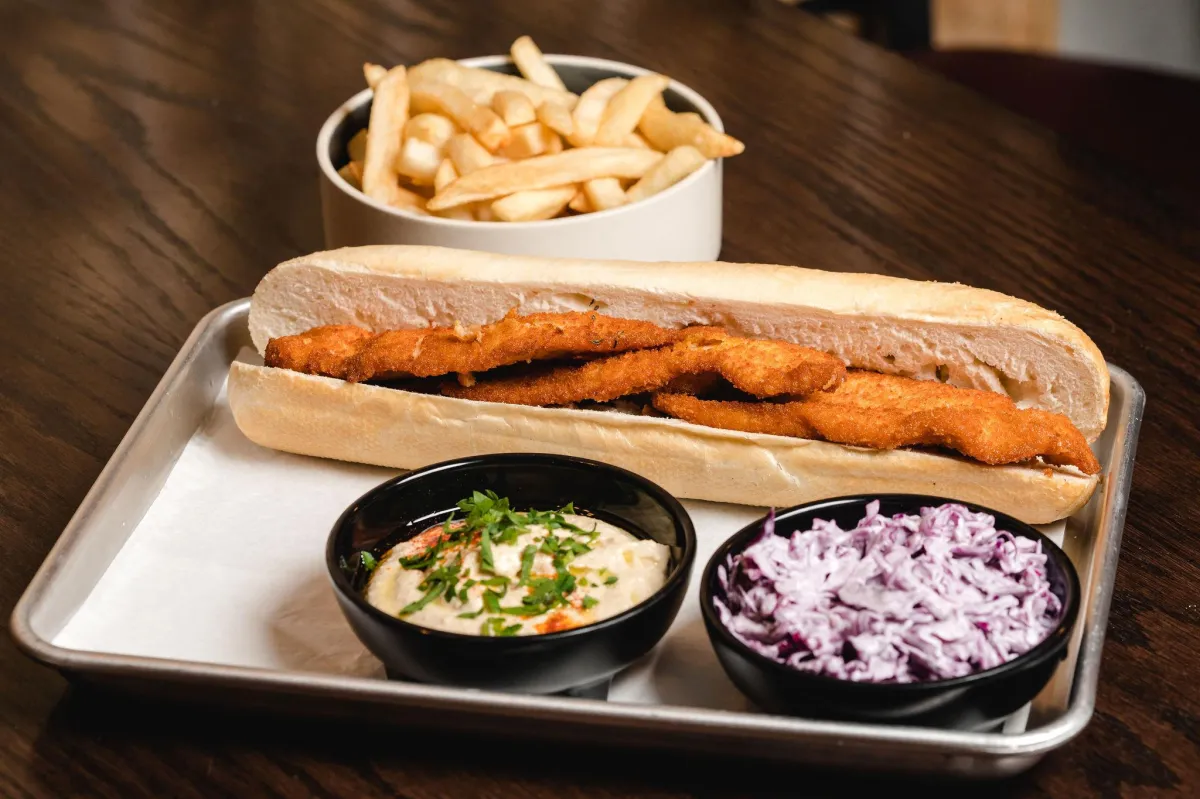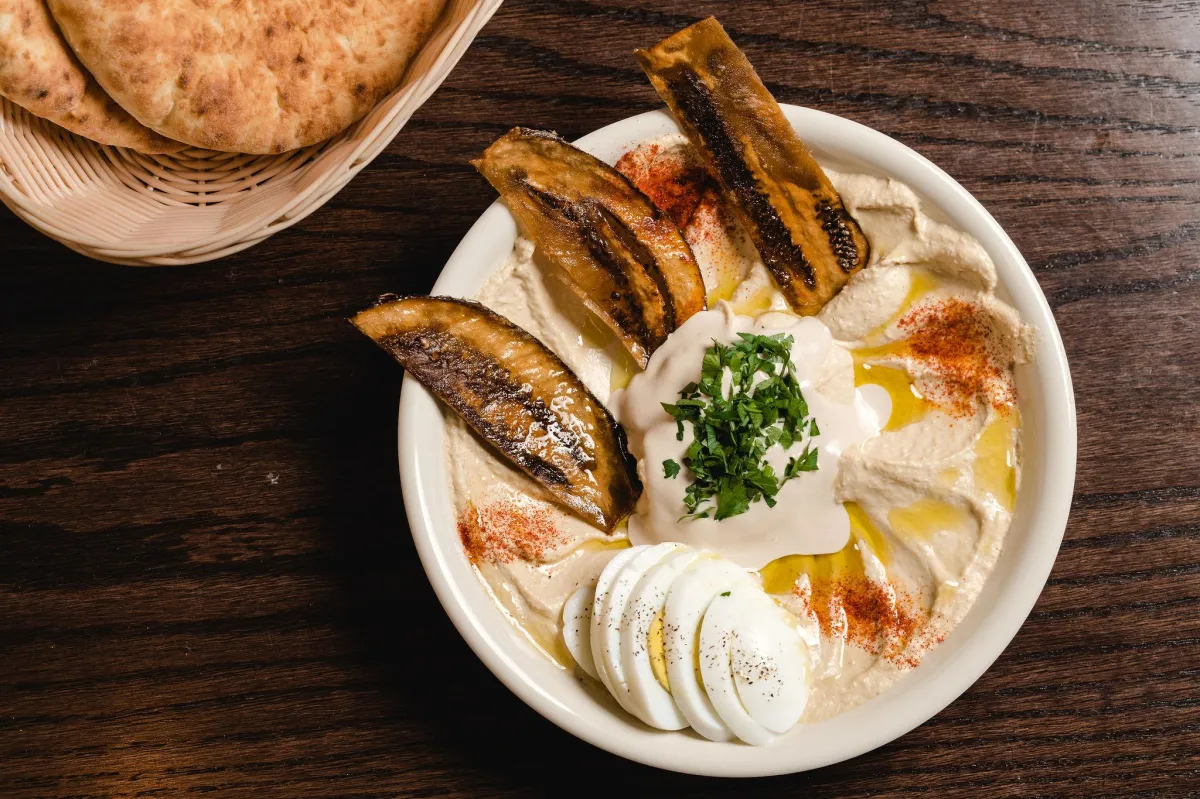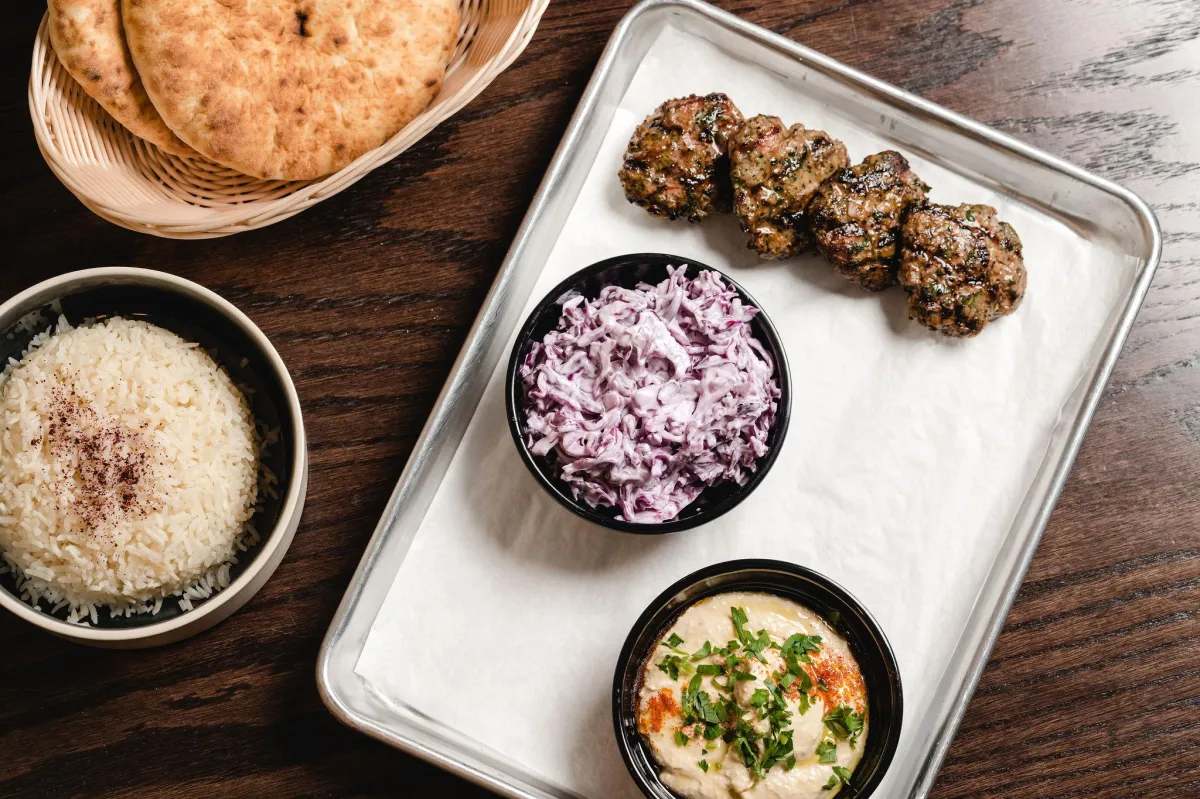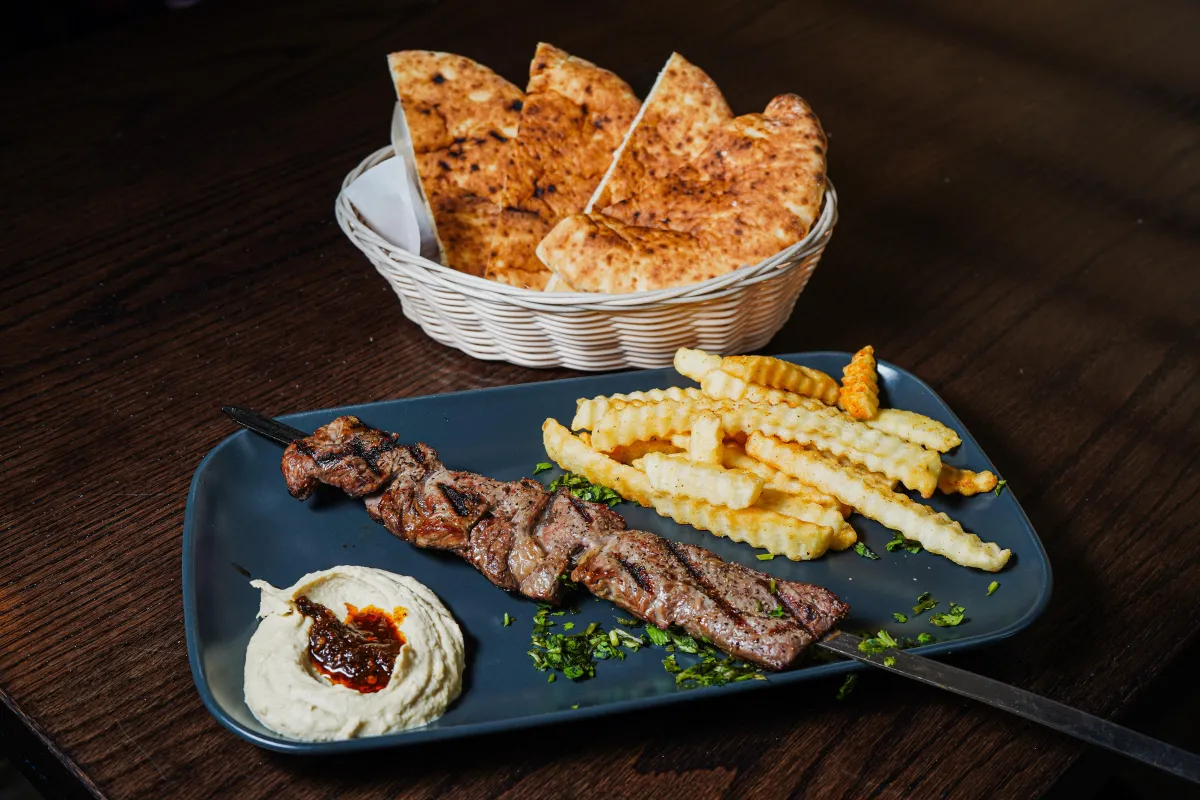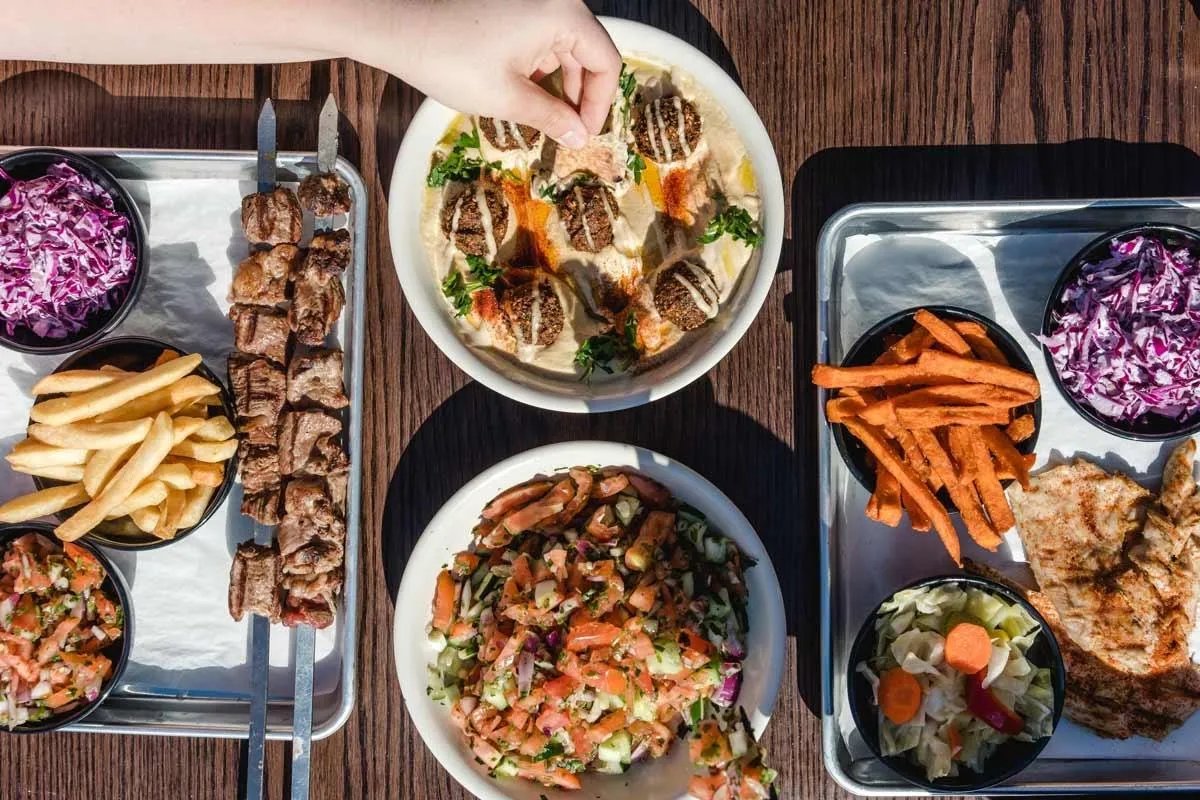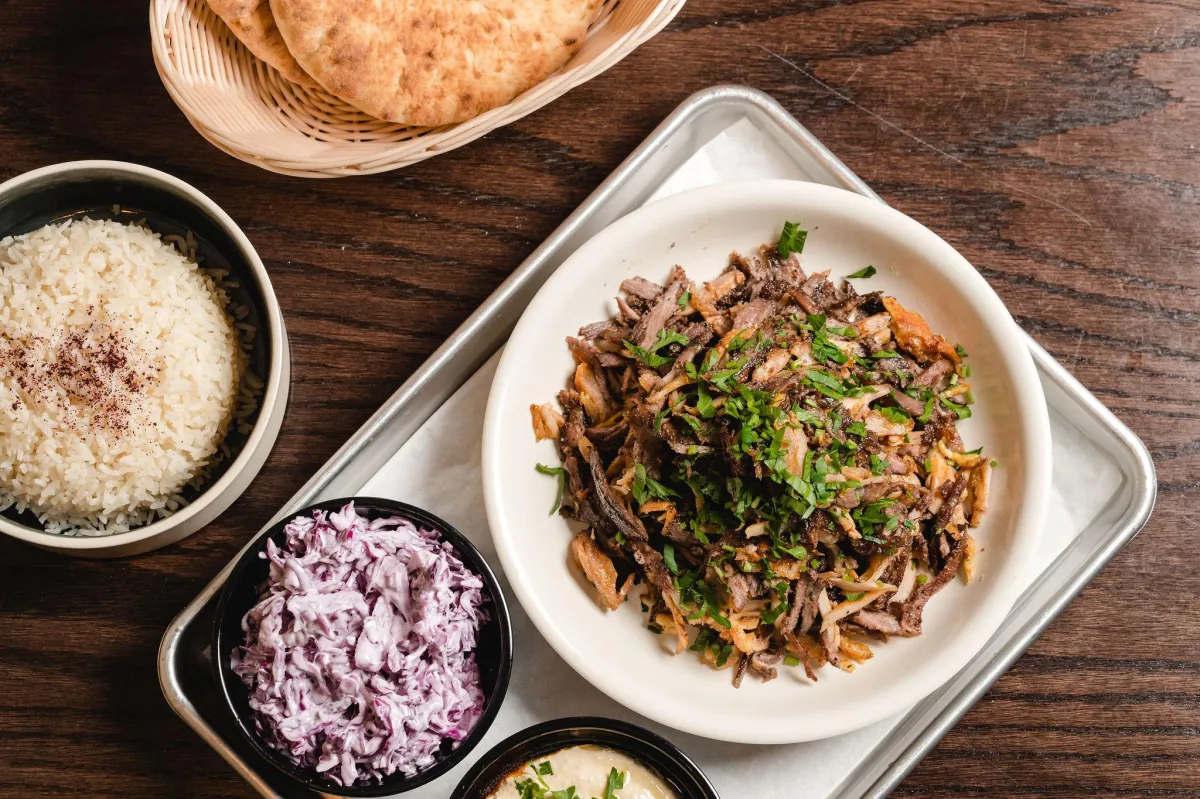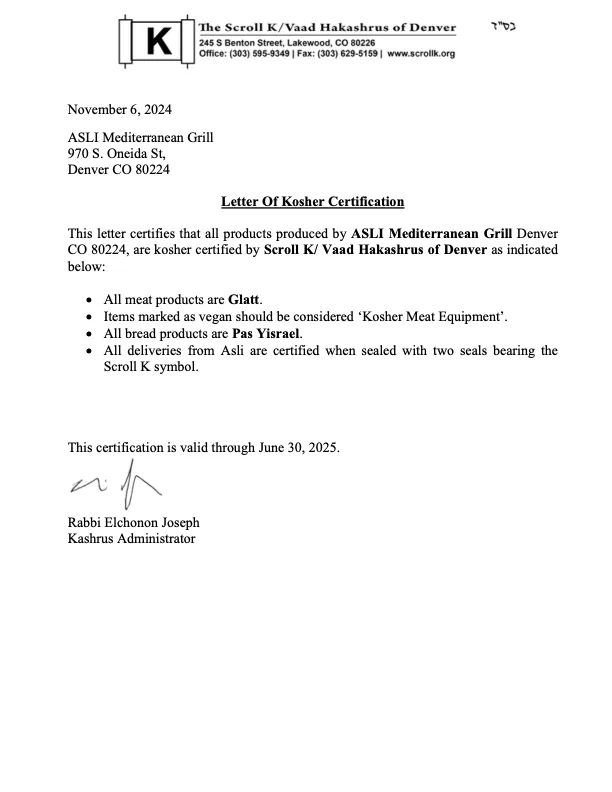ASLI | Kosher Israeli Restaurant In Denver
אסלי | מסעדה ישראלית
כשרה בדנבר
What Does ASLI Mean?
In Hebrew slang, "Asli" (אסלי) means authentic or the real deal. At Asli Grill, we proudly embrace this name, offering you genuine, delicious Israeli cuisine made with authentic recipes and fresh ingredients.
From Our Menu | הצצה לתפריט שלנו
Israeli Falafel | פלאפל
Our authentic Israeli Falafel is crispy on the outside, soft and flavorful on the inside—made from freshly ground chickpeas, aromatic herbs, and traditional Middle Eastern spices. Served hot, these delightful vegetarian bites capture the taste of the bustling streets of Tel Aviv and Jerusalem. Enjoy it stuffed into warm pita bread, topped with creamy hummus, crunchy salad, and tangy tahini sauce.
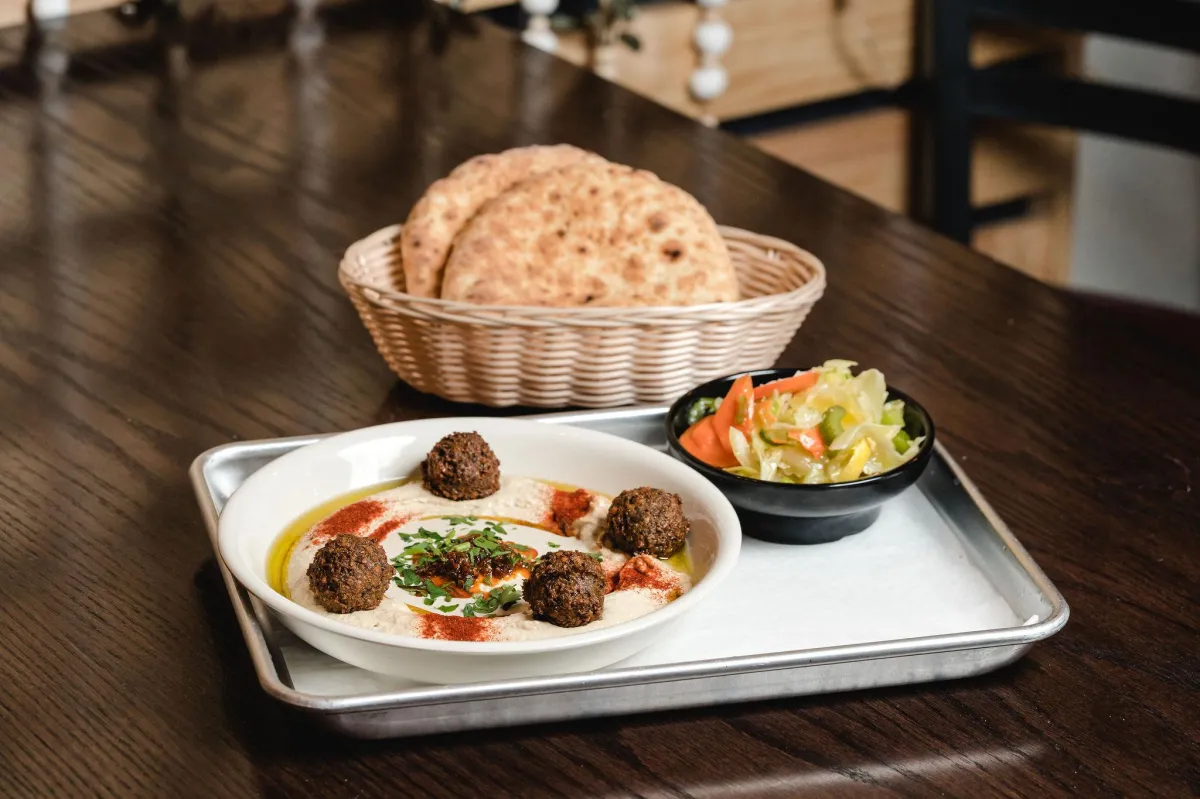
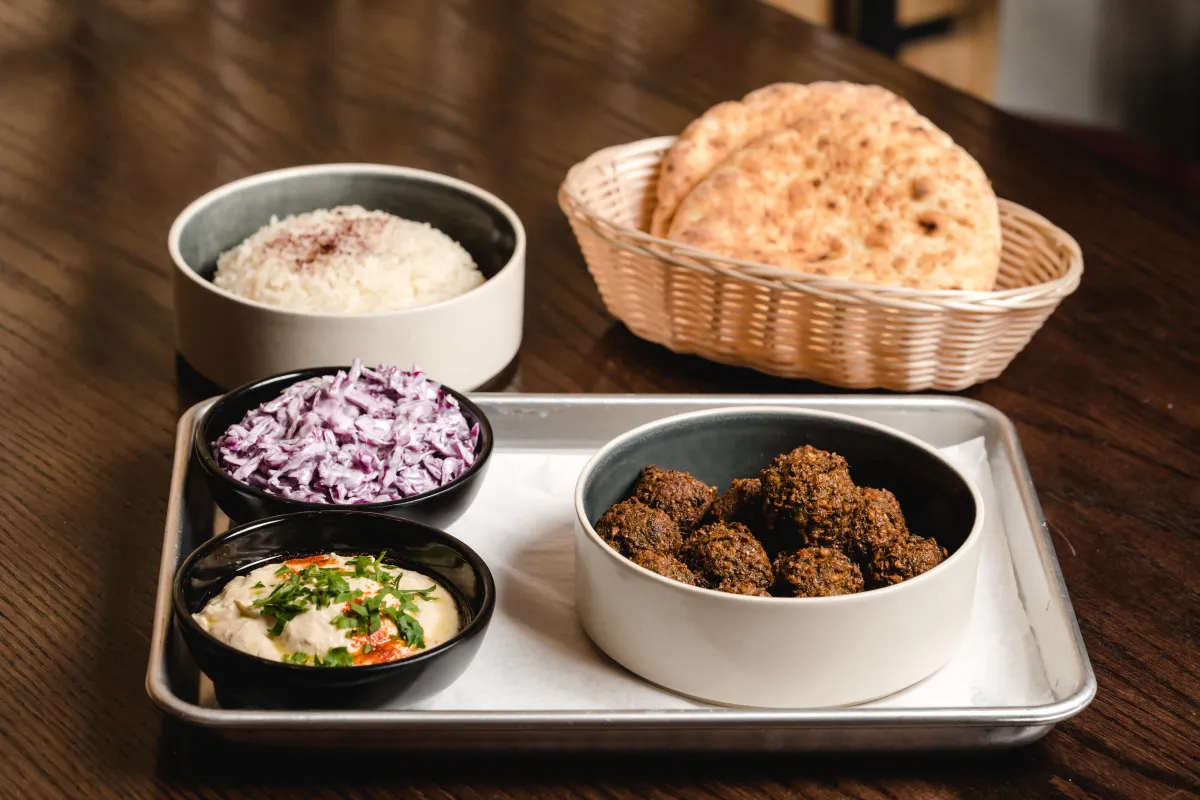
Shawarma | שווארמה
Savor the true taste of Israel with our delicious Shawarma—thinly sliced, perfectly seasoned chicken or beef, marinated and grilled slowly on a traditional vertical rotisserie. Tender and juicy, our shawarma is served in fresh pita bread or as a platter, accompanied by Israeli salads, pickles, hummus, and a drizzle of homemade tahini sauce. A classic street-food favorite that brings the vibrant flavors of Israeli cuisine right to your plate.
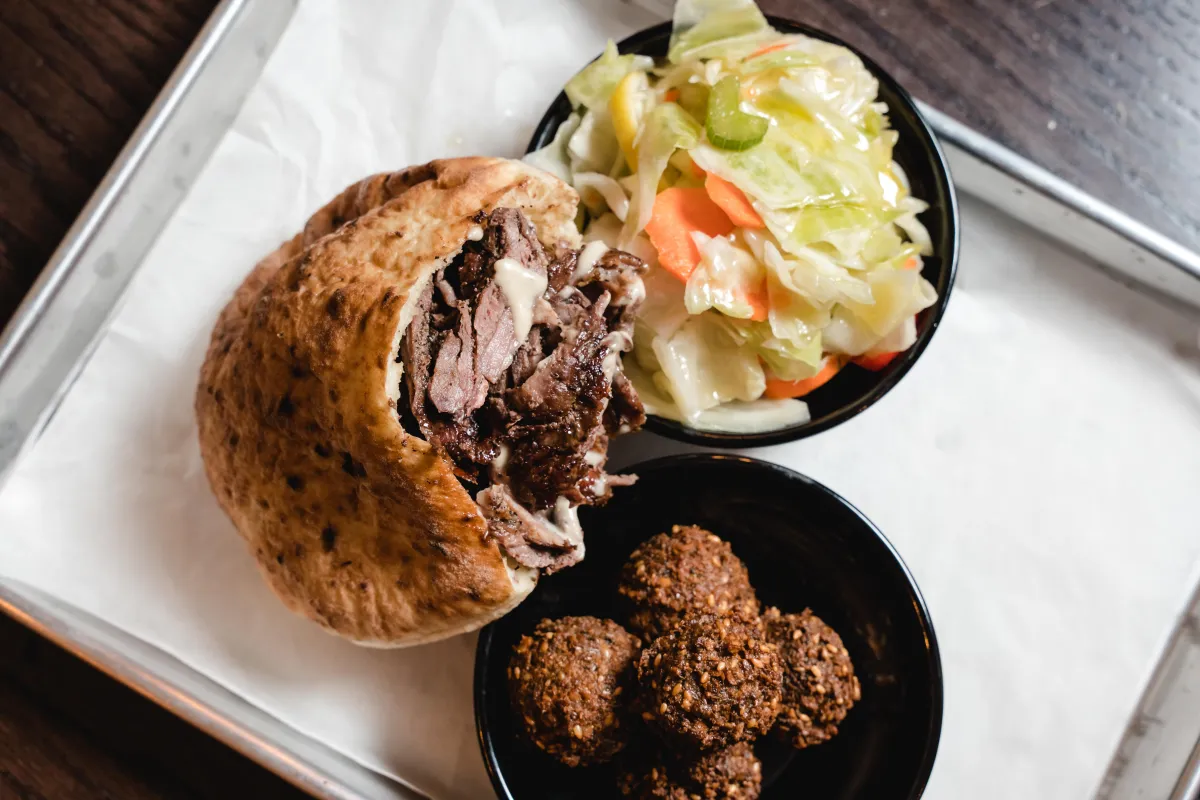
Sabich | סביח
Experience the iconic taste of Israel with our delicious Sabich—a beloved street-food classic. Featuring layers of golden fried eggplant, sliced hard-boiled eggs, creamy hummus, fresh Israeli salad, tangy pickles, and flavorful amba sauce (savory mango relish), all nestled into warm, fluffy pita bread. Each bite perfectly blends textures and flavors, capturing the vibrant essence of Israeli cuisine.
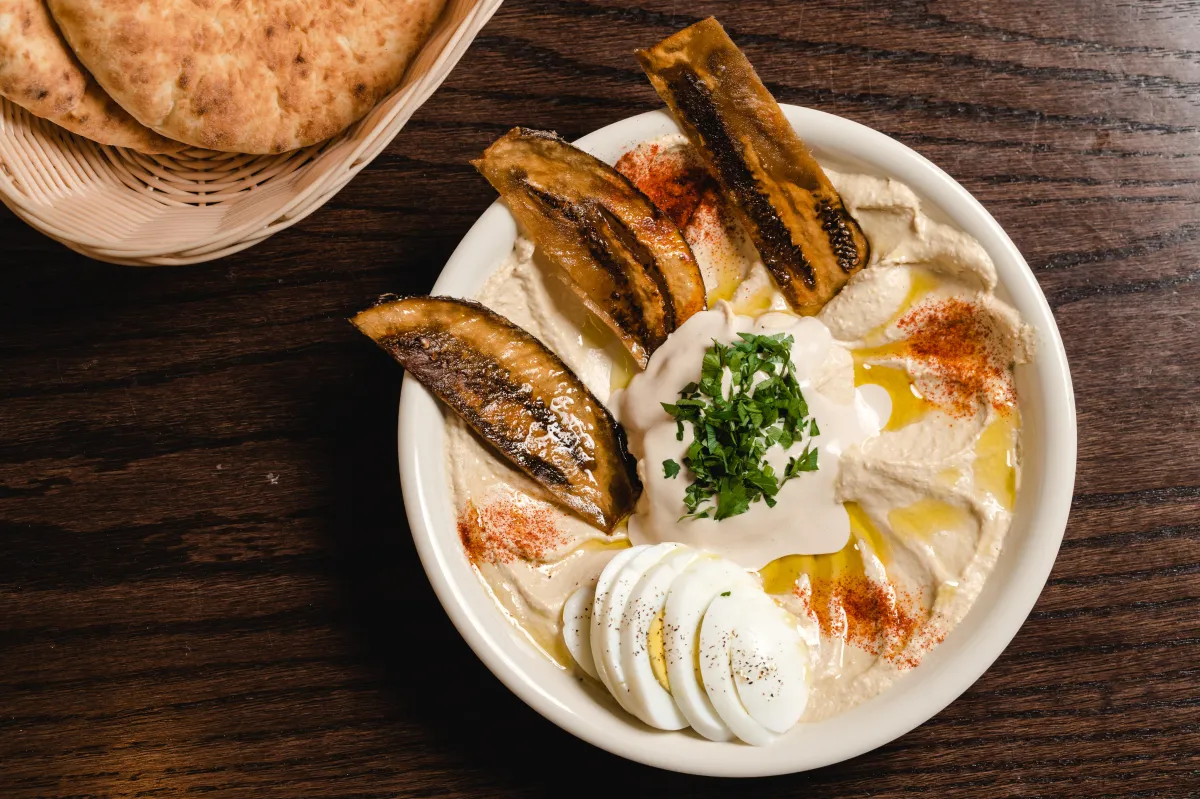
Kebab | קבב
Juicy, flame-grilled kebabs made from seasoned ground beef and lamb, served with fresh pita, creamy hummus, and vibrant Israeli salad. Authentic Israeli flavor in every bite!

Customer Reviews | כתבו עלינו
FAQS | שאלות נפוצות
Is the food at Asli Grill kosher certified?
Yes! At Asli Grill, we proudly offer kosher-certified dishes, adhering strictly to dietary guidelines to ensure the highest standards of quality and kashrut. You can confidently enjoy delicious, authentic meals prepared according to kosher principles.
What kind of Israeli cuisine does Asli Grill specialize in?
Asli Grill specializes in vibrant Israeli cuisine inspired by the flavors of the Mediterranean and Middle East. Our menu includes classics such as shawarma, falafel, hummus, fresh salads, grilled meats, and mouth-watering traditional sides—all prepared with authentic Israeli recipes.
Can I order Asli Grill's delicious food online?
Absolutely! You can easily order online for pickup or delivery. Just visit our website at asligrill.com and click on the “Order Online” button to select your favorite dishes and conveniently complete your order.
Does Asli Grill provide catering services?
Yes, we offer catering for all occasions. Please reach out to us directly by phone or email to discuss your event and menu options. We’d love to make your special event delicious and memorable!
Get In Touch | צרו קשר
Phone: (720) 726-2926
Address : 970 S Oneida St, Unit 5, Denver, CO 80224
Opening Hours:
Sunday– Thursday 11:00am - 9:00pm
Friday – 11:00am - 4:00pm
Saturday - Closed
📍 970 S Oneida St, Unit 5, Denver, CO 80224
© Asli Mediterranean Grill 2025.
Powered By FoodieTek 🇮🇱

